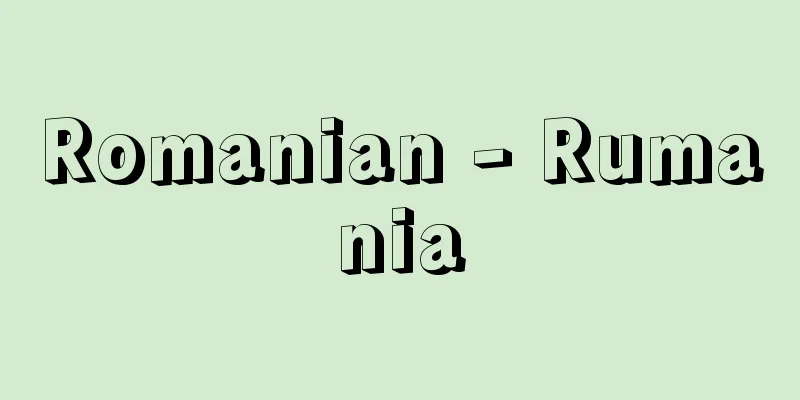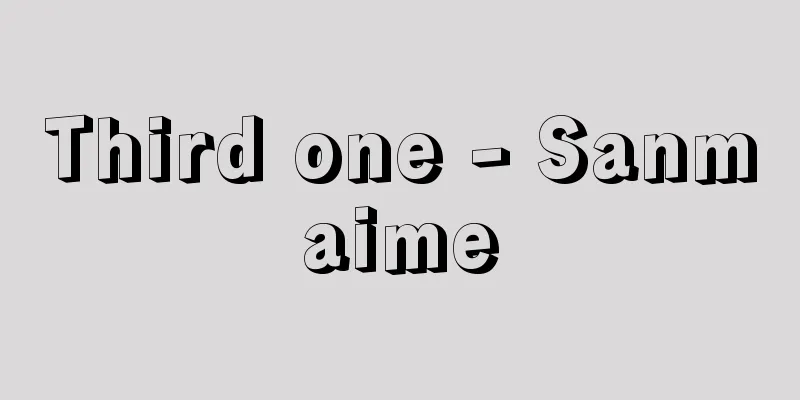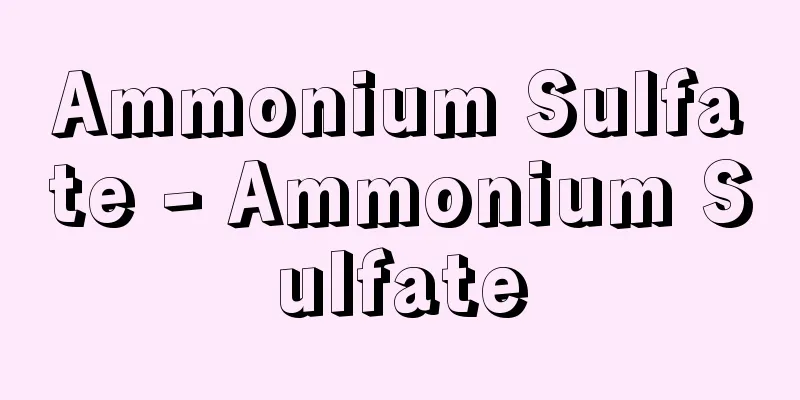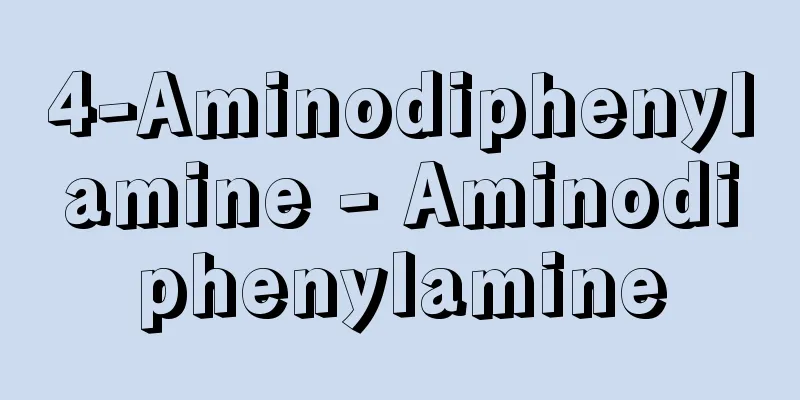Romanian - Rumania

|
It is one of the Romance languages that developed from Vulgar Latin, a spoken form of Latin belonging to the Italian branch of the Indo-European language family. It is related to French and Italian, but it also shares Balkan language characteristics with Bulgarian, Albanian, and modern Greek (such as the use of postpositional definite articles and frequent use of the subjunctive mood). Old Romanian was born when the ancient Thracians and Dacians, who were conquered by the Roman Empire in the 1st and 2nd centuries, adopted the eastern dialect of Vulgar Latin as their official language. As a result, it naturally has elements inherited from the underlying Dacian language (about 100 words, etc.), but it was strongly influenced by the Slavic languages that migrated south from the 8th and 9th centuries onwards, and almost disappeared on the right bank of the Danube. However, there are villages of Romanian-speaking groups totaling more than 300,000 scattered in the mountainous areas and on the coasts of the Balkans. Romanian established itself as the official language of the feudal states established in the Dacian region in the 12th and 13th centuries, and printing in Romanian began in the mid-16th century. In the second half of the 19th century, it became the official language of the unified Romanian state, and in the 1860s the Cyrillic alphabet, which had been used until then, was replaced by the Latin alphabet. However, in the Republic of Moldova (now the Republic of Moldova), which was part of the former Soviet Union, the same writing system as Russian was introduced. Including immigrants to the United States, there are approximately 21 million people who speak Romanian as their native language. The main dialects are Muntenian, Moldovan, and Transylvanian, but the differences are not great. [Atsushi Naono] "Introduction to Romanian" by Atsushi Naono (1977, Hakusuisha)" ▽ "Romanian Dictionary" edited by Atsushi Naono (1984, Daigaku Shorin) Source: Shogakukan Encyclopedia Nipponica About Encyclopedia Nipponica Information | Legend |
|
インド・ヨーロッパ語族中のイタリア語派に属するラテン語の口語、いわゆる俗ラテン語から発展してできたロマンス諸語の一つ。フランス語、イタリア語などと同族関係にあるが、周囲のブルガリア語、アルバニア語、現代ギリシア語と共通のバルカン言語圏の特徴(後置定冠詞、接続法の多用など)も備えている。古ルーマニア語は、紀元1~2世紀にローマ帝国に征服された古代のトラキア人、ダキア人が、公用語としての俗ラテン語東方方言を受容した結果生まれた。その結果、当然、基層のダキア語から継承した要素(約100の単語など)をもつが、8、9世紀以後南下してきたスラブ人の言語の強い影響を受け、ドナウ川右岸ではほとんど消滅した。しかし、バルカン各地の山間部や海岸には、総数30万人以上のルーマニア系言語集団の村落が散在している。ルーマニア語はダキア地方に12、13世紀に成立した封建国家の公用語としての地位を確立し、16世紀なかばからルーマニア語による印刷も始まっている。19世紀後半には、ルーマニア統一国家の成立とともにその公用語となり、1860年代にそれまで用いられていたキリル文字のアルファベットがラテン文字表記にかえられた。ただし、旧ソビエト連邦を構成していたモルダビア共和国(現モルドバ共和国)では、ロシア語と同じ表記が導入された。アメリカへの移住者も含めて、ルーマニア語を母国語とする人口は約2100万人。主要な方言は、ムンテニア、モルドバ、トランシルバニア方言であるが、差異は大きくない。 [直野 敦] 『直野敦著『ルーマニア語の入門』(1977・白水社)』▽『直野敦編『ルーマニア語辞典』(1984・大学書林)』 出典 小学館 日本大百科全書(ニッポニカ)日本大百科全書(ニッポニカ)について 情報 | 凡例 |
>>: Romania - Romania (English spelling)
Recommend
elaiosome
…These seed coats are usually bright red and are ...
Pneumatic hammer
…A foundation construction machine used to drive ...
Vinylon - Biniron (English spelling) vinylon
A general name given to synthetic fibers made fro...
Navan
…Since the establishment of the Irish Free State,...
Nanda Dynasty - Nandacho (English spelling)
An ancient Indian dynasty. The first king, Mahapa...
Circle of Willis
…one is the internal carotid artery and the other...
Manju - Manju
(1) The title of a dance from the Kōwaka-mai. The ...
Paddlefish - Paddlefish (English spelling)
A freshwater fish belonging to the order Acipense...
Kankyuan - Kankyuan
Located in the Mushanokoji Senke teahouse in Kami...
Commander's Command - Shimei
[1] The name of a star. It is the fourth star of t...
Lycopodium cernuum (English spelling) Lycopodium cernuum
…[Masahiro Kato]. . . *Some of the terminology th...
Dragon flute - Ryuteki
A typical flute in gagaku. It is also called the ...
Sign - Fugo
〘noun〙① A sign. A mark used to check the relations...
Dr. Mabuse, the Spieler (English spelling)
...This film is known as a masterpiece of superna...
Ex - Ex
...It has long been the center of Provence, and i...









